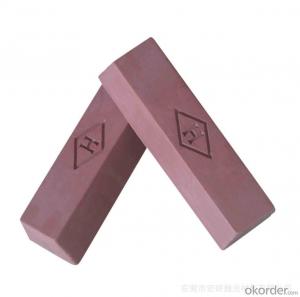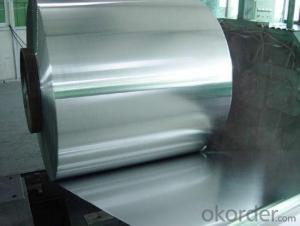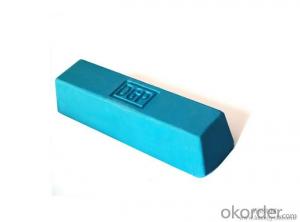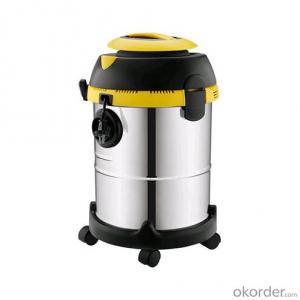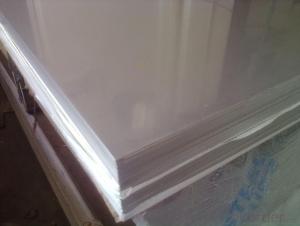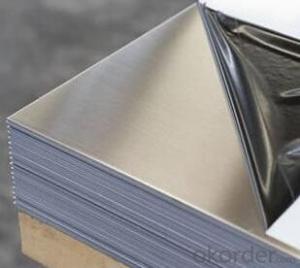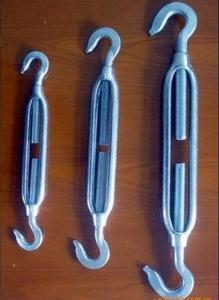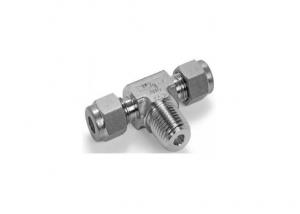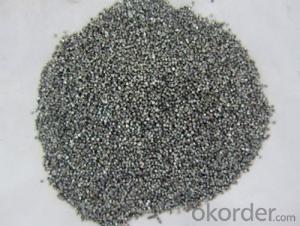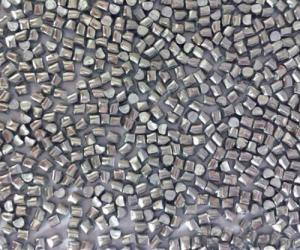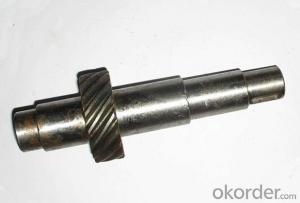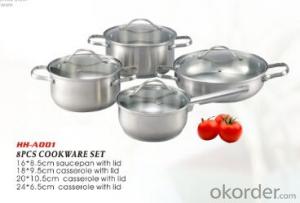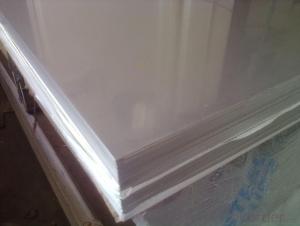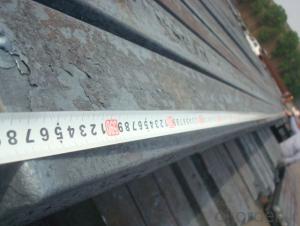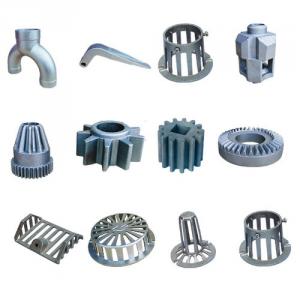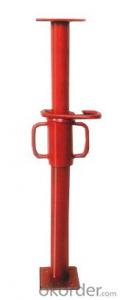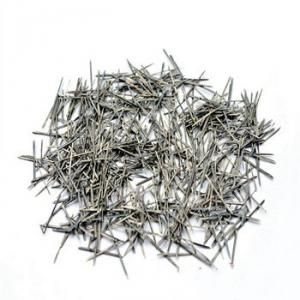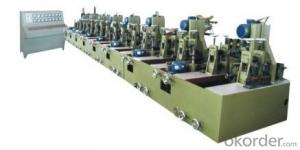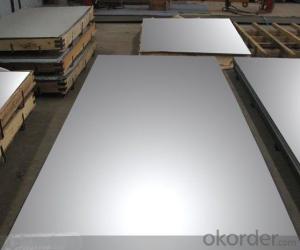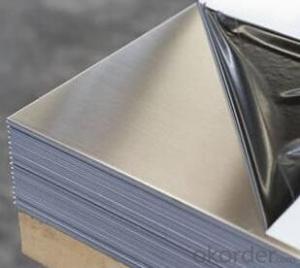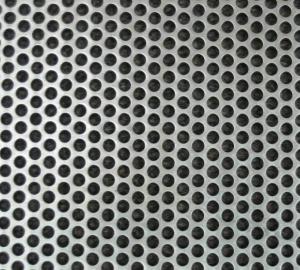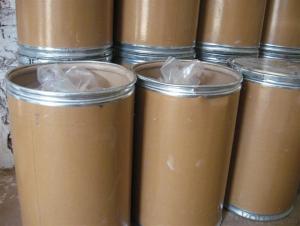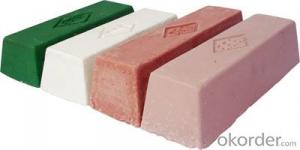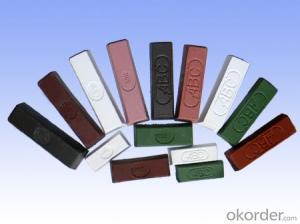Bleach On Stainless Steel
Bleach On Stainless Steel Related Searches
Bleach Stainless Steel Bleached Stainless Steel Scratches On Stainless Steel Stainless Steel Bluing Painting On Stainless Steel Mold On Stainless Steel Rust On Stainless Steel Stainless Steel Discoloration Vinegar On Stainless Steel Scratches In Stainless Steel Paint For Stainless Steel Painting Stainless Steel Stainless Steel Blanking Sublimation On Stainless Steel Clr On Stainless Steel Glue To Stainless Steel Painting Of Stainless Steel Spray For Stainless Steel Stainless Steel Tarnishing Bluing Stainless Steel Acetone On Stainless Steel Get Rust Off Stainless Steel Tarnishing Stainless Steel Acid Stains On Stainless Steel Blackening Stainless Steel Spray Paint For Stainless Steel Color Of Stainless Steel Stainless Steel Tarnish Discoloration Stainless Steel Sublimating On Stainless SteelBleach On Stainless Steel Supplier & Manufacturer from China
Bleach on Stainless Steel is a specialized cleaning product designed to effectively remove stains, discoloration, and oxidation from stainless steel surfaces. This product is formulated with a blend of powerful cleaning agents that are safe for use on stainless steel, ensuring that the material's integrity is maintained while providing a thorough cleaning.The application and usage scenarios for Bleach on Stainless Steel are vast, making it an essential product for various industries. It is commonly used in the food and beverage sector for cleaning and maintaining stainless steel equipment, as well as in the medical and pharmaceutical industries for sanitizing stainless steel surfaces. Additionally, it is a popular choice for household use, where it can be employed to clean and polish stainless steel appliances, cookware, and other items.
Okorder.com is a leading wholesale supplier of Bleach on Stainless Steel, offering a large inventory of this product to cater to the needs of various businesses and individuals. With a commitment to quality and customer satisfaction, Okorder.com ensures that their Bleach on Stainless Steel is of the highest standard, providing effective and reliable results for all cleaning and maintenance needs.
